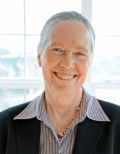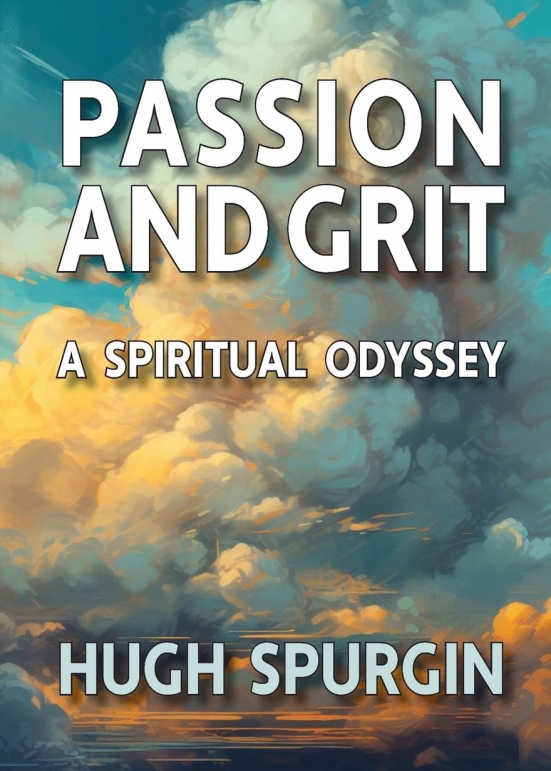 Dear Applied Unificationism Blog readers, contributors and supporters,
Dear Applied Unificationism Blog readers, contributors and supporters,
As our Editorial Committee posted in its open letter, “We Had a Great Run. And We Thank Our Readers,” Unification Theological Seminary has become the HJ International Graduate School for Peace and Public Leadership and decided that the AU Blog it sponsored since 2013 no longer matches its new mission. Therefore, the Applied Unificationism Blog has a chance to evolve as well.
We have been having meetings among the Editorial Committee seeking to identify the next iteration of the Blog. HJI President Dr. Thomas Walsh said he is happy to support transitioning the AU Blog to a new home provided we find a responsible steward. While seeking sponsorship from church-affiliated organs is often the typical path, in this era it seems we should take more initiative. As the Elder Son Nation and in the Age of Ownership, it seems it is time to try to make it on our own.
I have volunteered to take on the editorial duties for the AU Blog for one year to see if we can transition the AU Blog to a member-led organization that can operate in a collegial fashion while keeping the intellectual, social and academic standards that have made the AU Blog a success for the past 10 years.
Dr. Mark P. Barry, who served as managing editor for the past then years, has agreed to assist with the transition; and I have requested the current Editorial Committee to stay in place, at least for the time being.
I have several offers of donors willing to cover the cost of hosting the site and we will maintain the current standard of publishing for the immediate future to ensure continuity and quality.
However, I would like to see the AU Blog carefully evolve. Here are some areas I think we could strengthen our appeal and effective outreach:
- Broaden our audience. We need to attract younger contributors and readers. I think that there are many young people at work, especially in the social sciences, who can incorporate Unificationist values and models into their field. Education, social work, psychology, and health care seem like disciplines that are accessible to Unification thought.
- Create a membership structure that includes voting and fundraising. I like the model of the intellectual societies of Europe during the Enlightenment. Regardless, it is in our collective interest to develop and model governance structures that are a place for mature Unificationists to thrive.
- Experiment with other formats. Perhaps a short essay section, e.g., op-eds of 800 words, where single topics can be broached and developed.
- More dialogue. Give and take creates new ideas, so a moderated forum is envisioned that allows vigorous debate without descending into the rancor and polarization that characterizes much current online discussion elsewhere.
If you would like to be part of this new effort or if you have questions, please email me at AUBlogEditor@gmail.com; if you have overall thoughts of encouragement or suggestions, please post them in a comment below. I will organize a Zoom call to launch this new effort in coming days.
Our About page has been updated, including revised Applied Unification Blog editorial guidelines.
I look forward to an interesting year and am excited to see what we can build together in that time.
Best Regards,
John Redmond
Executive Editor, Applied Unificationism Blog
Photo at top by Timothy Eberly (courtesy Unsplash)
















Recent Comments